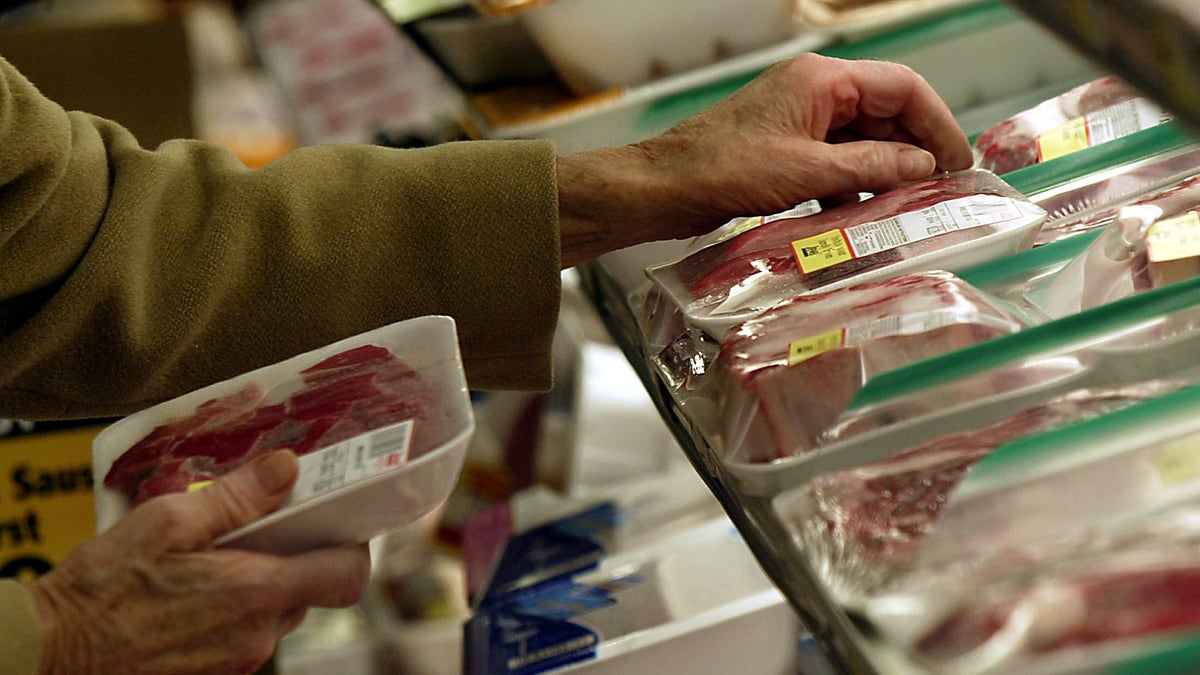
An unidentified shopper looks over the selection of steaks at local grocery store in Chicago. (Reuters)
You’re familiar with the “organic” and “grass-fed” labels on your meat, but this new one might give you pause: mechanically tenderized.
Since May, the United States Department of Agriculture (USDA) has required beef that has been mechanically tenderized—a process in which needles pierce the meat to break up the muscle fibers—to sport a label saying so.
Related: The Better Man Project From Men’s Health—2,000+ Awesome Tips on How to Live Your Healthiest Life
The process, which is usually used for tougher cuts like flank steak, round steak, and chuck, has actually been used for decades to make meat more tender.
Related: The Simple Trick to Make Any Steak More Tender
But the USDA decided to require this new label change because there are some additional health risks that come with eating meat that’s manufactured this way.
“If there’s bacteria on the surface of a cut of meat, the small tines that pierce the meat could push the bacteria inside, or create more avenues for bacteria to transfer to the inside of the meat,” said Sandria Godwin, Ph.D., RDN/LDN, professor in the College of Agriculture, Human and Natural Sciences at Tennessee State University.
And that can be more risky, since the center of the meat takes the longest to cook. So if it’s not cooked long enough, bacteria in the middle can still be alive and make you sick.
Related: The Best Way to Handle Your Meat This Grilling Season
What’s more, the equipment used to mechanically tenderize the meat may be difficult to clean, meaning it may harbor bacteria that can spread to different cuts—though studies haven’t yet been done to confirm that, she says.
According to a study by the Centers for Disease Control and Prevention of E.coli outbreaks from 2003 to 2012, 5 out of the 10 outbreaks that involved steaks were due to mechanically tenderized kinds.
Undercooking these meats played a significant role in all of these cases, the CDC says.
Related: The Right Way to Cook Poultry—Without Getting Sick
That’s why you need to pay close attention to the preparation instructions on the new label: Cook meat to a minimum internal temperature of 145 degrees F and allow it to rest for three minutes before consuming.
That’s the food safety recommendation for all cuts of beef, but the risk may be even greater for these mechanically tenderized cuts of meat, since it increases the chances of bacteria entering the center of it.
Related: The 9 Foods Most Likely to Make You Sick
Cooking to that temperature, and allowing the meat to rest, should ensure that all the harmful bacteria has been killed—even any that’s lurking in the center, Godwin said.
